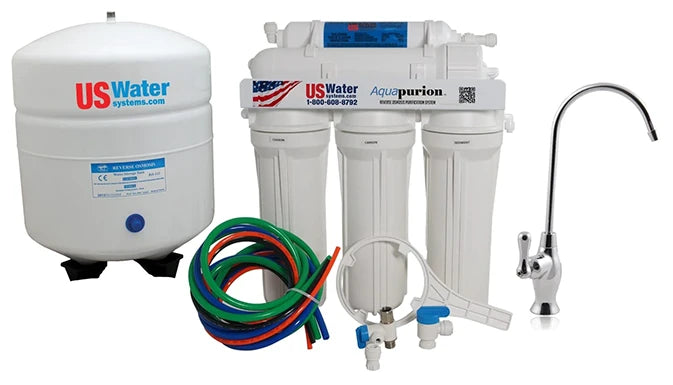Mr31415
Active member
I just got a new non-branded 5 stage RO/DI unit (see thread here 5 stage generic RO/DI unit - valve and drain question).
I have made 60 gallon of water. My DI resin cartridge is 90% depleted based on the colour change in the resin beads. The RO unit is connected to the outlet of my water softener. TDS post water softener is about 350ppm. I know Na+ is tougher on the RO membrane than Mg++ and Na++ - so this will be a factor. But I have never seen DI resin deplete so quickly. Is something else perhaps amiss?
I have made 60 gallon of water. My DI resin cartridge is 90% depleted based on the colour change in the resin beads. The RO unit is connected to the outlet of my water softener. TDS post water softener is about 350ppm. I know Na+ is tougher on the RO membrane than Mg++ and Na++ - so this will be a factor. But I have never seen DI resin deplete so quickly. Is something else perhaps amiss?

